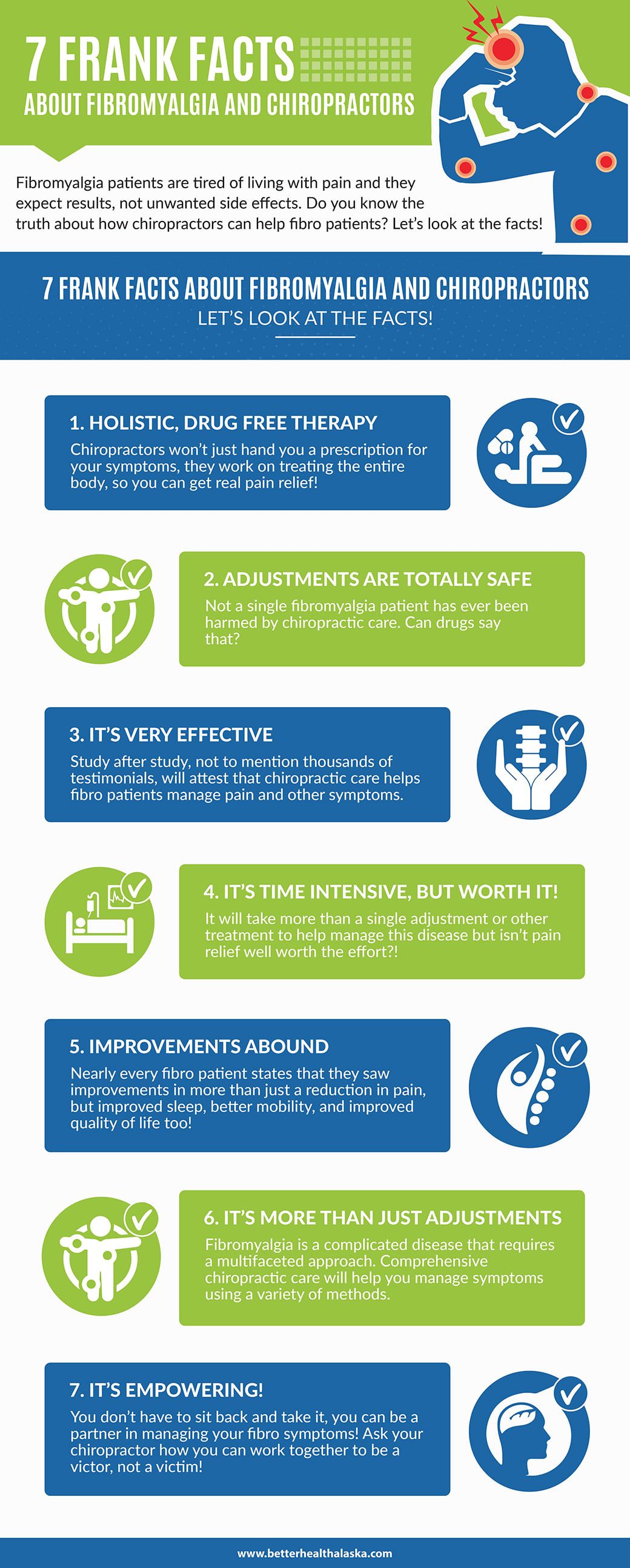Reveal The Special Benefits Of Acupuncture As We Assess It In Connection With Acquainted Discomfort Administration Strategies. What Shocking Aspects Might You Reveal?
Reveal The Special Benefits Of Acupuncture As We Assess It In Connection With Acquainted Discomfort Administration Strategies. What Shocking Aspects Might You Reveal?
Blog Article
Article Created By-Drejer Oddershede
When you take into consideration discomfort management options, you may find yourself considering the advantages and disadvantages of different techniques, including acupuncture, non-prescription drugs, and physical treatment. While many approaches offer alleviation, they often come with their own collection of obstacles, like negative effects or extensive therapy times. Acupuncture stands apart for its special capability to promote self-regulation with less threats. Yet just how does its efficiency contrast to more standard methods? The subtleties of these strategies can significantly affect your choices, and discovering them better can result in shocking insights.
Overview of Discomfort Administration Techniques
When it concerns handling discomfort, you have a selection of techniques at hand. These techniques can vary from conventional approaches to a lot more different treatments. Understanding your alternatives is vital in locating what functions best for you.
One usual method is over-the-counter medicines like advil or acetaminophen, which can give fast alleviation for light to moderate discomfort. Prescription drugs, including opioids, could be essential for extra serious discomfort, though they feature dangers of reliance and negative effects.
Physical treatment is one more efficient strategy, focusing on workouts and stretches to strengthen muscles and improve movement. This approach frequently assists in managing chronic pain conditions.
Additionally, some people turn to more holistic choices, such as massage treatment, which can ease stress and boost blood circulation.
Mind-body strategies, like mindfulness reflection or yoga, aid you take care of pain by decreasing anxiety and enhancing your mental strength.
Lastly, lifestyle changes, such as keeping a healthy diet and normal exercise, can play a crucial duty in total pain monitoring. Each strategy has its benefits and drawbacks, so it's important to explore what matches your demands and preferences best.
Perks of Acupuncture
Acupuncture provides an unique strategy to pain administration that stands apart among numerous strategies. By targeting certain points on your body, it promotes the flow of energy, or "qi," promoting natural healing and minimizing pain.
Among the most significant advantages is its minimal side effects. Unlike some medicines, which can lead to dependence or undesirable wellness issues, acupuncture is a holistic therapy that motivates your body's self-regulation.
You'll likely locate that acupuncture sessions can aid ease chronic discomfort, headaches, and even tension. Many people experience a sense of relaxation and health during and after treatment, which can boost overall quality of life.
Plus, it's a flexible alternative; it can be utilized alongside various other treatments, making it a fantastic complement to your existing pain management strategy.
One more substantial benefit is that acupuncture can be customized to your particular needs. Your practitioner will certainly assess your problem and develop a tailored therapy strategy, guaranteeing you receive the treatment that finest supports your recovery.
With its old origins and expanding acceptance in contemporary medication, acupuncture sticks out as a compelling option for discomfort alleviation.
Contrasting Effectiveness and End Results
Discomfort management techniques differ widely in their performance and results, making it critical to comprehend exactly how they compare to each other. When thinking about choices like acupuncture, physical treatment, and medication, you'll discover distinct differences in exactly how each method addresses discomfort.
Acupuncture, as an example, usually gives alleviation for chronic pain conditions, with research studies showing considerable renovations in pain levels for numerous people.
On the other hand, medicines like opioids can efficiently handle acute pain however carry dangers of dependence and adverse effects.
Physical therapy concentrates on recovery and might take longer to show results, which can be frustrating if you require instant alleviation.
When evaluating https://whentoseedoctoraftercarac16283.blogofchange.com/33629342/check-out-the-link-in-between-discomfort-monitoring-and-all-natural-health-and-learn-exactly-how-chiropractic-care-can-enhance-your-joint-feature-and-total-health , consider your specific discomfort type and your personal health goals. Some people locate that a combination of techniques works ideal for them.
For instance, you might benefit from acupuncture sessions along with physical therapy to maximize recuperation.
Inevitably, comprehending the effectiveness and results of each technique will help you make notified choices concerning your discomfort management strategy, permitting you to select the strategy that ideal fits your demands and lifestyle.
Conclusion
In recap, acupuncture stands apart as a useful option to traditional pain monitoring methods. It uses fast relief and fosters self-regulation without the threats of dependence related to medications. While physical treatment may demand more time for results, acupuncture can provide immediate benefits, making it an appealing choice for those looking for relief from persistent pain and stress. By integrating acupuncture into your discomfort administration plan, you can boost your total wellness and redeem control over your health.
